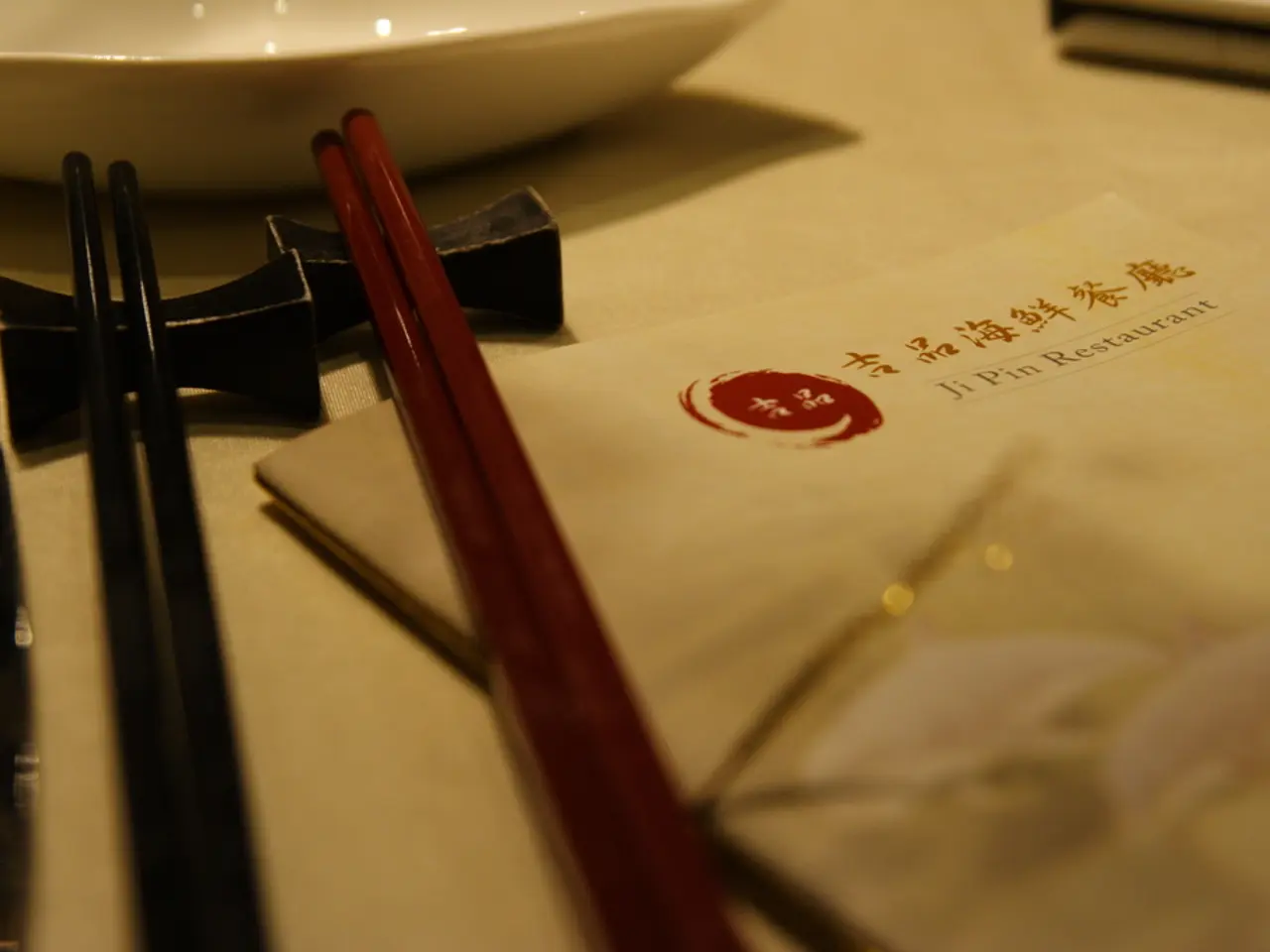Greenland's Possession: A Complex History that Defies Simplicity
Greenland, a territory within the Kingdom of Denmark, has a rich and intriguing history that stretches back over a thousand years. The island's story began with the arrival of Norse settlers from Iceland around 986 AD, who established colonies until their governance became linked to Norway in 1261. After Norway's union with Denmark, Greenland came under Danish control, a status that has continued through the modern era.
The first true 'ownership' of Greenland in a formal sense can be traced to the arrival of Erik the Red in the late 10th century. A man banished from Iceland for committing murder, Erik sailed west and stumbled upon Greenland, naming it deceptively in a bid to lure settlers to it. Small settlements took root along the island's southwestern coast due to Erik's efforts.
For centuries, the settlers held on, eking out a living through farming and trade with Europe, even as they struggled against the encroaching cold of the Little Ice Age. Hans Egede, a Danish-Norwegian missionary, began a campaign in 1711 to convince the Danish crown to support a voyage to Greenland, with the aim of converting any remaining Norse settlers (who he believed still inhabited the island) to Christianity. However, upon reaching Greenland in 1721, Egede instead found Inuit communities living on the island. Despite this, Egede remained on Greenland, and in the absence of the Norse populations he expected to find, he formed relationships with Greenlandic Inuit Kalaallit people.
The German occupation of Denmark in 1940 thrust Greenland into the spotlight, leading to the establishment of American bases on the island to guard against Nazi incursions. The United States leased land from Denmark to build Thule Air Base, a linchpin in its early-warning system against Soviet missile attacks during the Cold War. Greenland also offered unique opportunities for gathering meteorological intelligence for weather forecasting during World War II, which led to the joint establishment of The Sledge Patrol by Greenlanders and Americans in 1941.
Melting ice in Greenland has exposed vast reserves of oil, gas, and rare earth minerals, sparking interest from international corporations and governments. Geographically, Greenland is part of the North American continent. New shipping routes made possible by climate change have put Greenland at the center of Arctic trade.
Strategically, Greenland has been prized because of its position in global military geography and access to Arctic resources. Its location provides control over key North Atlantic sea routes and potential military bases, especially highlighting its importance during the Cold War and today. The territory’s mineral wealth, including rare earth deposits, further enhances its geopolitical value. Recent attention from major powers such as the U.S. and China stems from Greenland’s “critical node” status, where controlling Greenland could shift the balance of power in the Arctic and North Atlantic regions. China’s investments in Greenland’s mining sector have raised U.S. concerns that infrastructure developed for mining could be used for military advantage, increasing Greenland’s strategic importance in global power rivalries.
Despite its historical ties to Denmark, Greenland has gained home rule in 1979 and further enhanced autonomy in 2009, charting a path toward self-determination while retaining its position as a Danish territory. Greenland now governs itself in most domestic matters, including education, health, and natural resources, but Denmark retains control over defense and foreign affairs. Greenland is owned by Denmark, but it operates as an autonomous and self-governing territory.
For thousands of years of prehistory, Paleo-Eskimos ventured into Greenland looking to unlock its potential through access to its vast hunting grounds. Today, Greenland's historical significance as a Norse settlement and colonial territory under Norway and later Denmark, combined with its strategic importance due to its Arctic location, resource potential, and role in military and geopolitical competition among great powers, continues to make it a fascinating and vital part of the world.
- War-and-conflicts have played a significant role in Greenland's history, as seen in the German occupation during World War II, which led to the establishment of American bases on the island.
- Greenland's geopolitical value and strategic importance in global military geography and resources have brought it to the center of attention in politics, particularly in the context of recent investments from China and concerns raised by the U.S. regarding potential military advantages.








